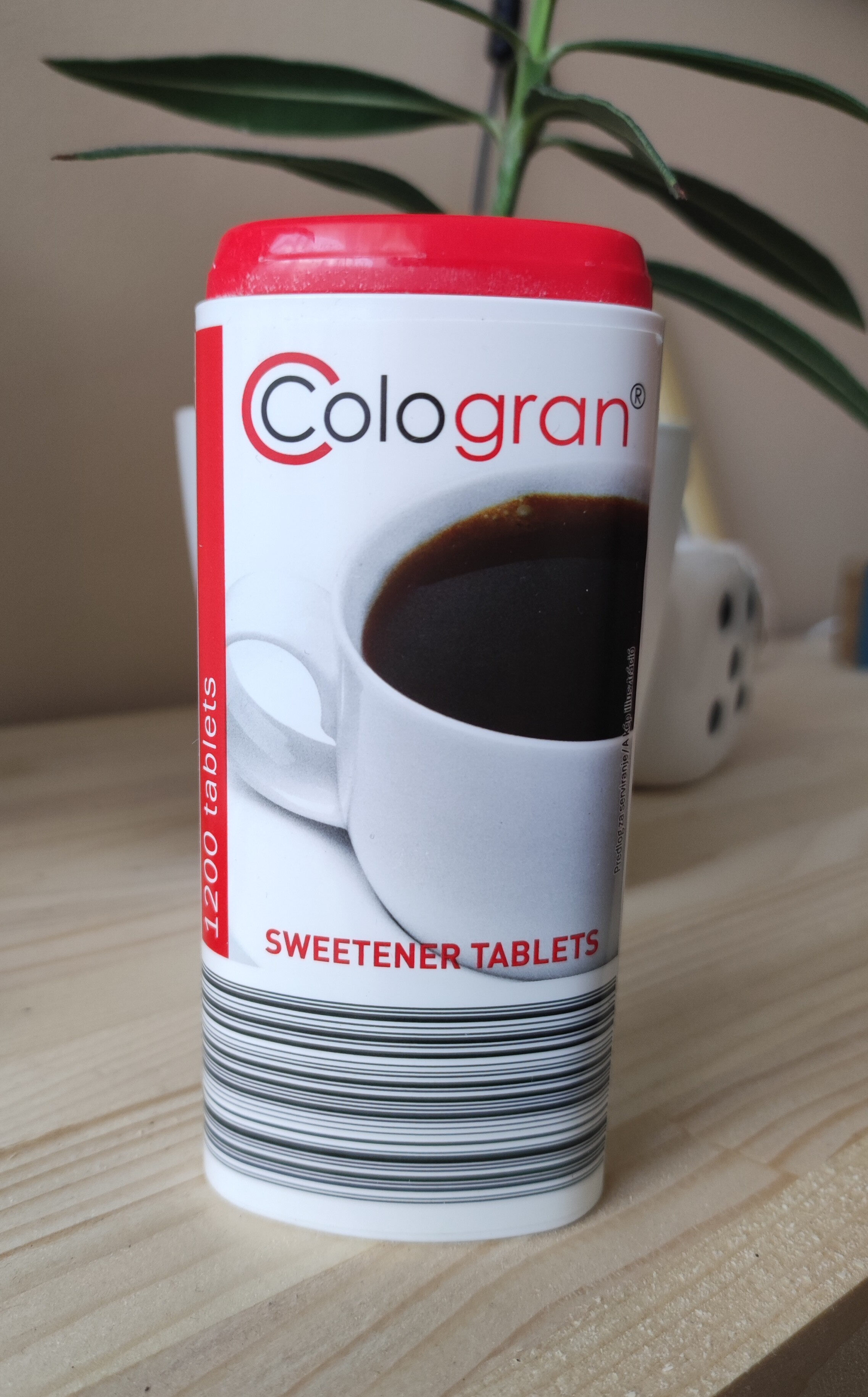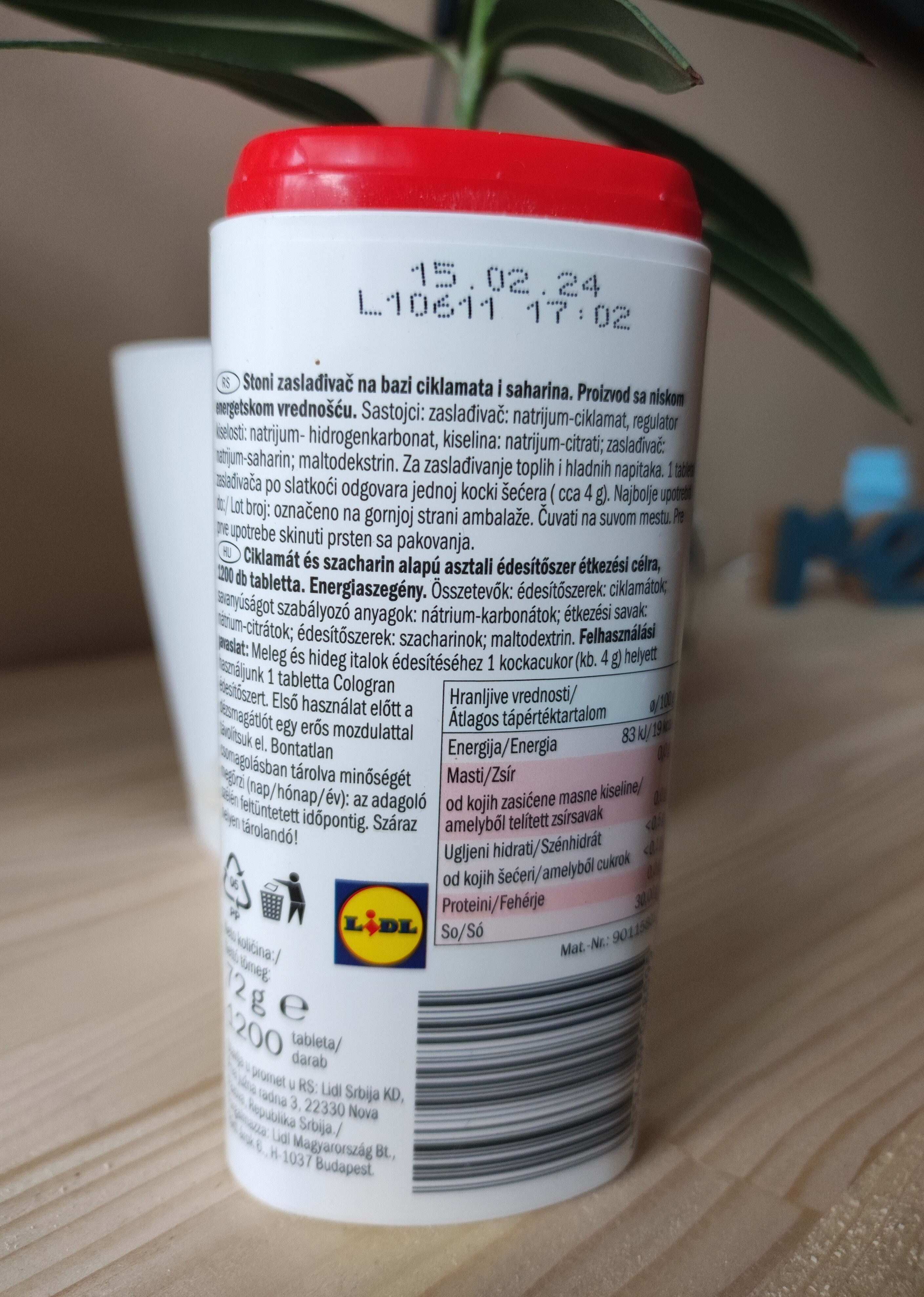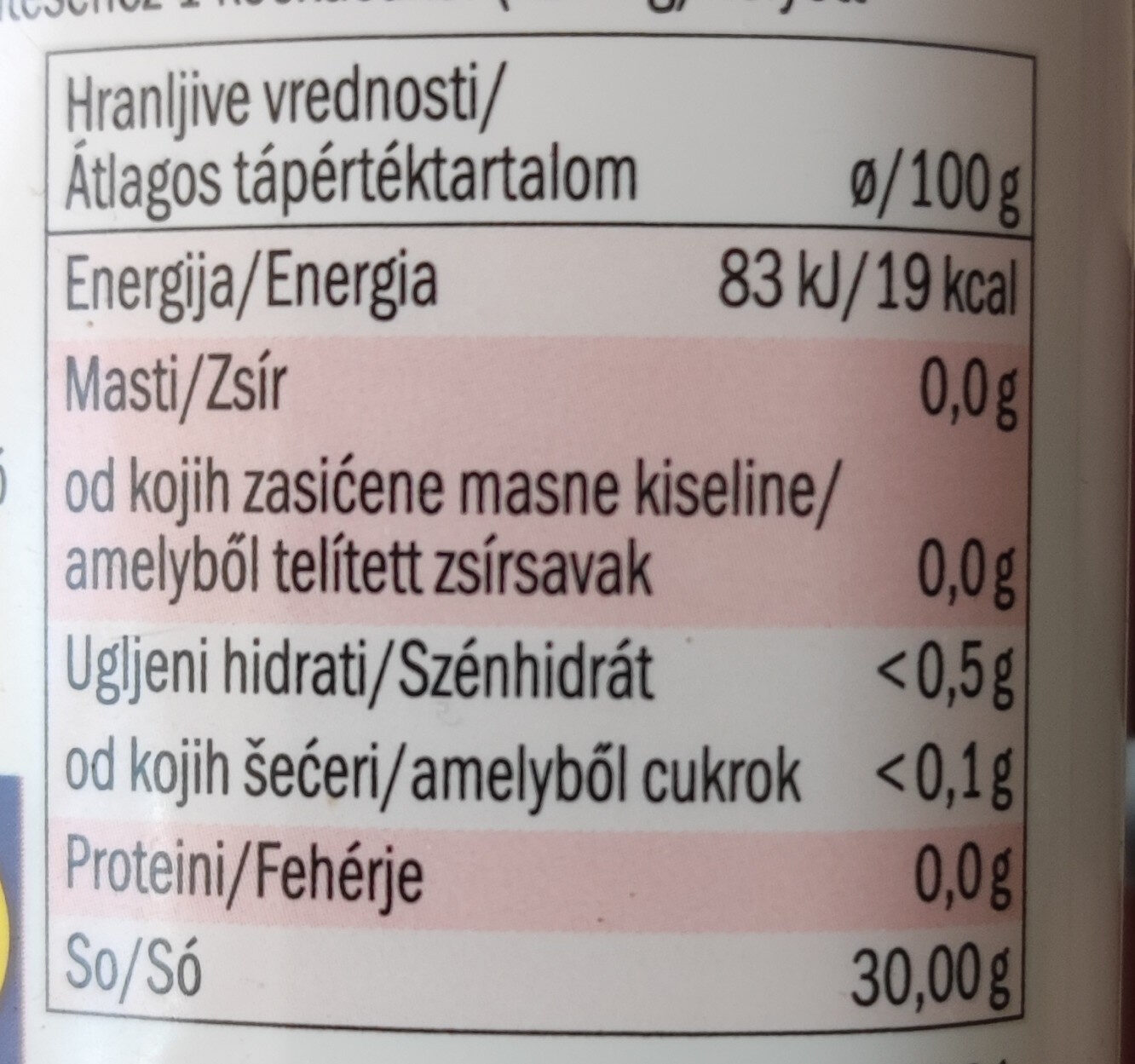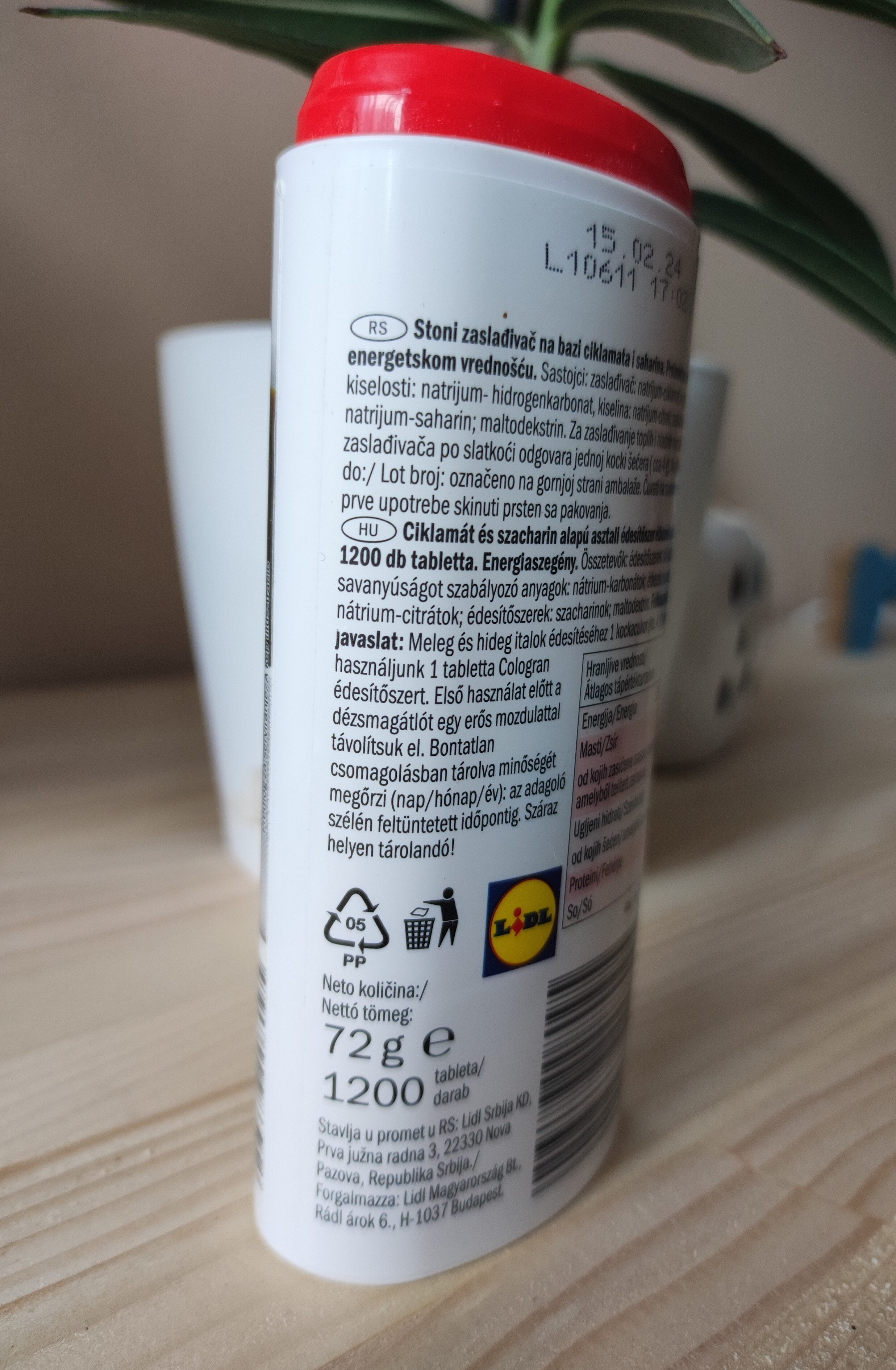Cologran - 72 g
This product page is not complete. You can help to complete it by editing it and adding more data from the photos we have, or by taking more photos using the app for Android or iPhone/iPad. Thank you!
×
Barcode: 4056489008095 (EAN / EAN-13)
Quantity: 72 g
Brands: Cologran
Categories: Sweeteners, Food additives, Sugar substitutes, Tabletop sweeteners, Lebensmittelzusatzstoff, Süßstoffe, Zuckerersatzstoffe
Labels, certifications, awards: No lactose
Matching with your preferences
Report a problem
Data sources
Product added on by kiliweb
Last edit of product page on by off-replace-bot.
Product page also edited by additives-app-chakib, charlesnepote, eatshalal, ecoscore-impact-estimator, halal-app-chakib, inf, joergz, kuttergrinch, musarana, openfoodfacts-contributors, prvcyfrk, ramplstilskin, roboto-app, rochus, scanbot, teolemon, yuka.SExzbE5wa0VtK1VFcWNZQjNFL2U0OUZPeEpxVVEwQ1dGODB5SVE9PQ, yuka.U3JBRVRaWUErNmxVdE04RDNpalQyOWhaNGJ5bFRYS3dCUFU3SUE9PQ, yuka.UXAxUUFvNHhnTkJReHYwUjRBUHIvc05WL3FDREF6aVVjdmdxSVE9PQ, yuka.V0tFTkZQOFB1dWdBbThVeC96ajF5TkJ5OTVHa2V6KzZOTElLSWc9PQ, yuka.YTZFS0g2Z05wdVlhb3RnanBUclM4NEpON01HaVVrV1pjY1kvSUE9PQ, yuka.YXI0OE5Jc09tTmdCeHZRNTd3amMxTkZXMXArTVFYR3dGOG94SVE9PQ, yuka.YklkYUc1eFloY0VvcE1RN3hrbnJ3UE51MVkya2ZrK1BJdE1JSVE9PQ, yuka.ZC93WUtLQUtqY0FBbnZadXdrUHg4L3RyeW9TMGRrUG1GYmM3SVE9PQ, yuka.ZXFkZUxaNGErZHd6dThRUjNSWGsxdWxYL0x5YmJIbWFOZGRQSUE9PQ, yuka.ZjRVTkY0NHRoK2tueS9CdjBTenI1c3RIMjV1TVVGT3FCODRjSVE9PQ, yuka.ZlowRE9id2pqYWdMdjlzN3h3UDgrOGdwLzY2QVpFS2RETlJOSVE9PQ.










